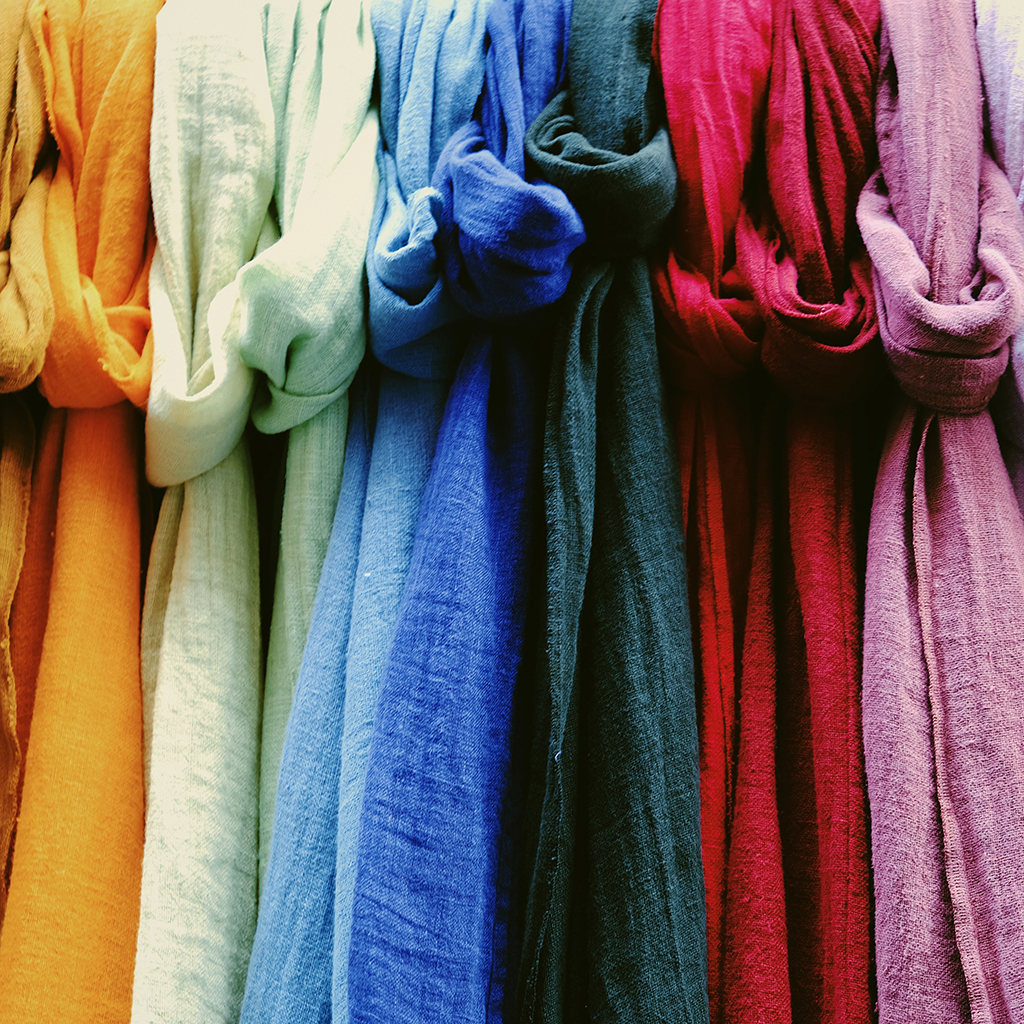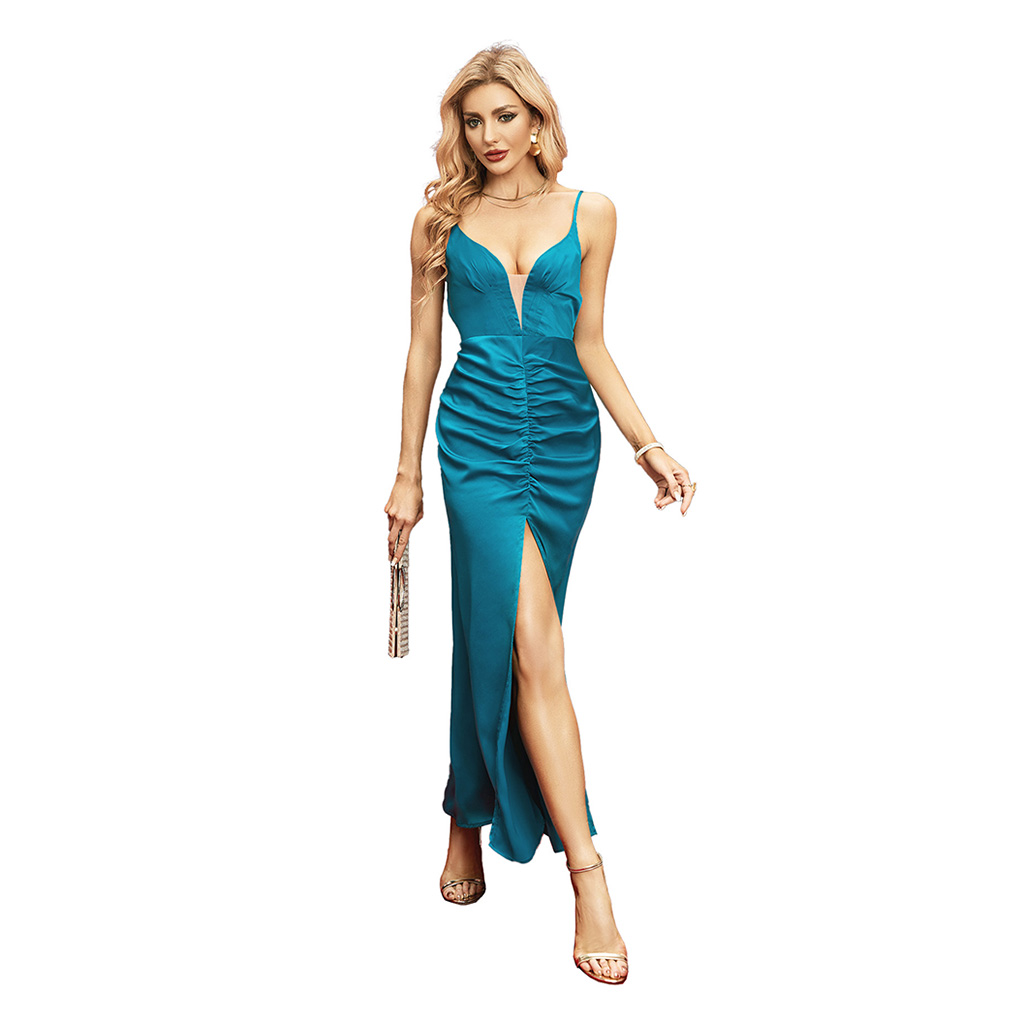The Science Of Color Theory In Fashion: Understanding The Impact Of Color On Apparel Design
Photo: Pexels
kno01042023-05

Photo: Pexels
Color is a powerful element in fashion, influencing not only the visual appeal of a garment but also the way it is perceived by the wearer and others. A solid understanding of color theory can help fashion designers create harmonious, eye-catching designs that evoke specific emotions and make a lasting impression. In this blog post, we will delve into the basics of color theory, discuss the role of color in fashion, and explore how designers can effectively use color in their work.
The Basics of Color Theory
Color theory is a field of study that examines how colors interact, complement, and contrast with one another. Some fundamental concepts of the color theory include:
The Color Wheel: The color wheel is a circular diagram that displays the primary, secondary, and tertiary colors in a harmonious arrangement. It serves as a helpful visual tool for understanding color relationships and creating balanced color schemes.
Color Harmony: Color harmony refers to the pleasing arrangement of colors in a design. Using harmonious color combinations can create a sense of balance and unity in a garment or ensemble.
Warm and Cool Colors: Colors are often classified as either warm (reds, oranges, yellows) or cool (blues, greens, purples). Warm colors generally evoke feelings of energy and excitement, while cool colors are associated with calmness and tranquility.

Photo: Pexels

The Role of Color in Fashion
Color plays a crucial role in fashion, impacting various aspects of design and perception, including:
Aesthetic Appeal: The choice of colors can greatly affect the overall visual appeal of a garment, attracting or repelling potential customers based on their personal preferences and associations with specific colors.
Mood and Emotion: Colors can evoke certain emotions and set the mood for a collection, ranging from playful and energetic to sophisticated and subdued.
Seasonality: Color trends often shift with the seasons, as designers gravitate towards specific palettes that reflect the changing environment, such as bright and vibrant colors for spring or earthy tones for autumn.
Using Color Effectively in Fashion Design
To create impactful designs, fashion designers can employ various color theory principles and techniques, such as:
Complementary Colors: Colors that are opposite each other on the color wheel, such as red and green or blue and orange, create high contrast and can make a bold statement when used together in a design.
Analogous Colors: Colors that are adjacent to each other on the color wheel, such as blue, green, and yellow, create a harmonious and visually pleasing effect when used together.
Monochromatic Colors: Using different shades, tints, and tones of a single color can create a sophisticated and cohesive look in a design.
Color Psychology: Understanding the psychological associations and cultural meanings of colors can help designers create garments that evoke specific emotions or communicate particular messages.

A strong understanding of color theory is essential for fashion designers, as it allows them to create visually appealing, emotionally evocative, and memorable designs. By mastering the principles of color theory and applying them effectively in their work, designers can harness the power of color to make a lasting impact in the world of fashion.
Google: D&J Fashion Manufacturer
Leave us a Google Review
Facebook: dnjfashionofficial
Instagram: dnj_fashion_official
Linkedin: D&J Garment Manufacturing and Supply Chain
Pinterest: dnjfashion
Youtube: @dnjfashion_official
Tik Tok: @dnj_fashion

